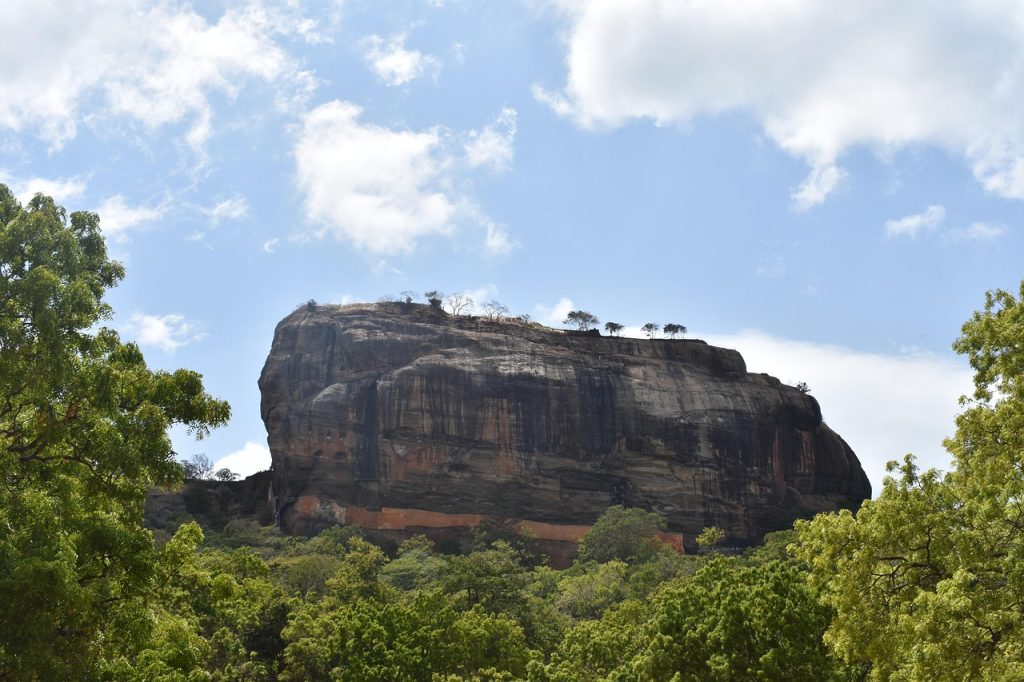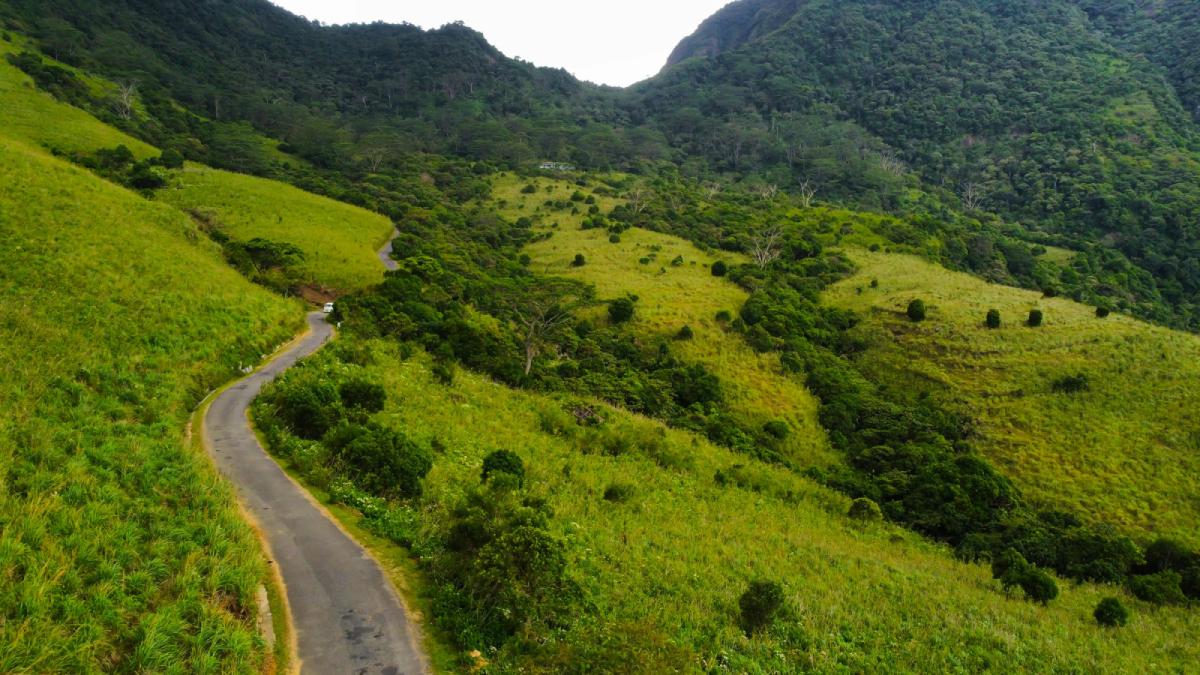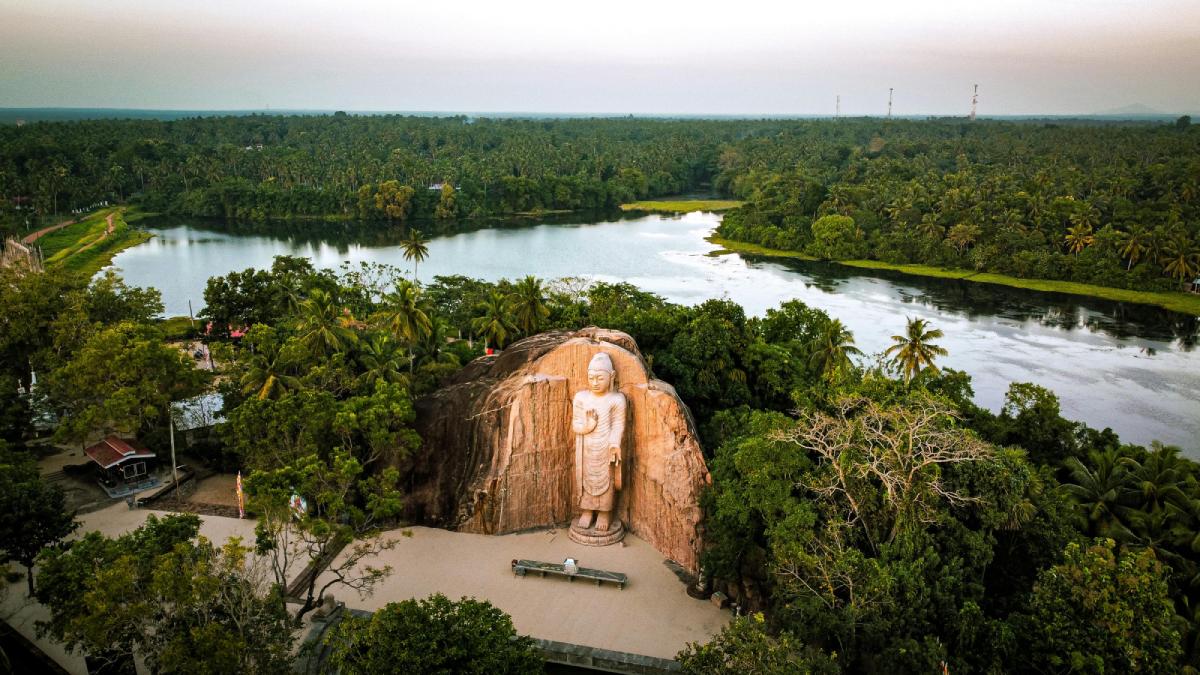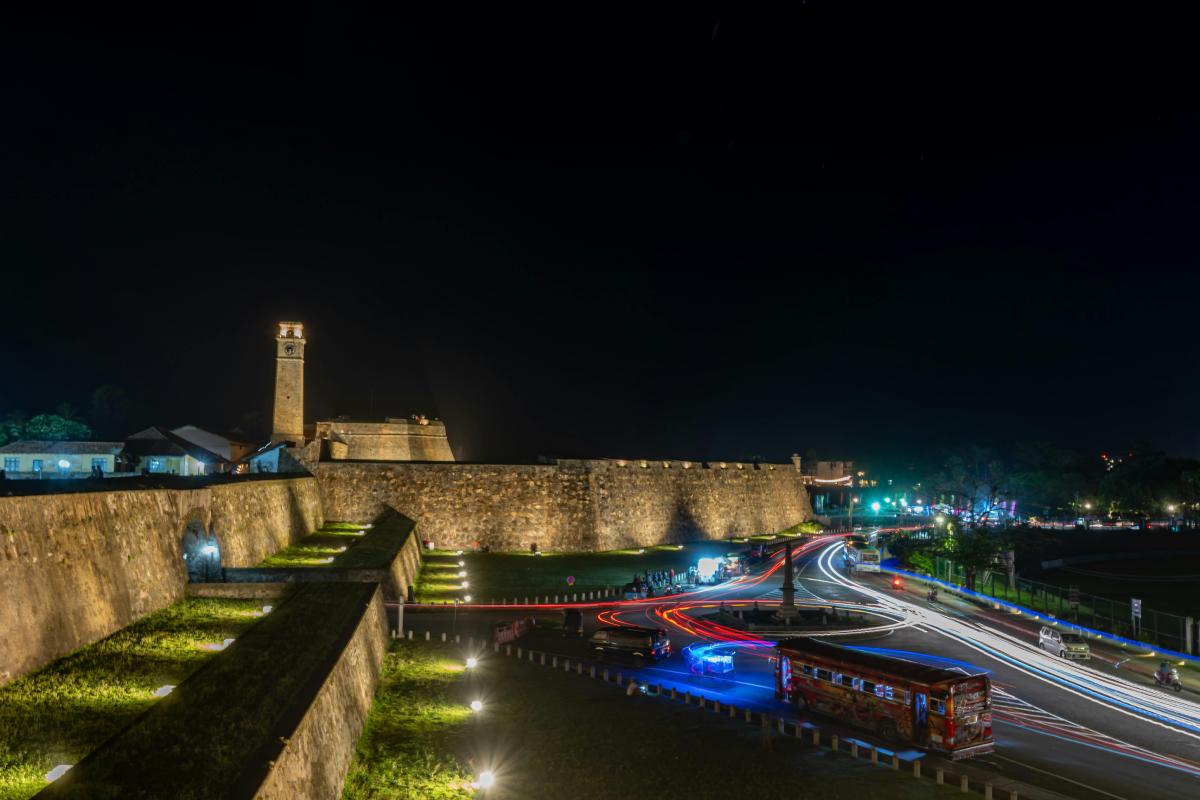Nestled in the Indian Ocean like a teardrop off the southern coast of India, Sri Lanka remains one of travel’s best-kept secrets. Despite its compact size—you can traverse the island in just a few hours by train—this nation packs an astounding variety of experiences that rival destinations twice its size. From ancient cities to pristine beaches, lush tea plantations to wildlife safaris, Sri Lanka offers travelers a kaleidoscope of adventures that deserve prime placement on any respectable bucket list. Here’s why this island paradise should be your next destination. Sri Lanka Should Be on Your Travel Bucket List
A Cultural Tapestry Woven Through Millennia

Few places on earth can claim as rich a cultural heritage as Sri Lanka. The island is home to eight UNESCO World Heritage Sites, each telling a chapter of its 2,500-year recorded history. The ancient cities of Anuradhapura and Polonnaruwa stand as testaments to sophisticated civilizations that flourished long before many European capitals were even conceived.
At Sigiriya, the “Lion Rock,” visitors can scale a 1,500-year-old rock fortress built by King Kasyapa. This architectural marvel features ancient frescoes, elaborate water gardens, and a massive stone gateway carved in the shape of a lion. Standing atop this 660-foot monolith, gazing across the jungle canopy, you’ll understand why it’s considered the eighth wonder of the ancient world.
In Kandy, the Temple of the Sacred Tooth Relic houses one of Buddhism’s most venerated relics—a tooth of the Buddha himself. The temple complex buzzes with devotees bearing lotus flowers and the air is heavy with incense. Visit during the Esala Perahera festival in July or August to witness one of Asia’s most spectacular processions, featuring elaborately adorned elephants, traditional dancers, and fire performers.
Nature’s Playground: Biodiversity in Abundance
For a small island, Sri Lanka boasts an astonishing biodiversity that rivals countries many times its size. The nation is one of 36 global biodiversity hotspots, with one of the highest rates of biological endemism in the world.
In Yala National Park, leopards prowl through the dry forests and sloth bears forage among ancient ruins. The park has one of the highest leopard densities in the world, offering wildlife enthusiasts some of the best chances to spot these elusive big cats. Meanwhile, at Udawalawe National Park, herds of elephants roam freely across the grasslands, creating unforgettable safari experiences.
Marine enthusiasts can head to Mirissa or Trincomalee for whale watching expeditions. Between December and April, these waters host blue whales—the largest animals ever to have lived on earth—as they migrate through the Indian Ocean. Dolphins frequently accompany boats, putting on acrobatic displays that delight photographers and nature lovers alike.
A Feast for the Senses: Sri Lankan Cuisine
Sri Lankan cuisine deserves far more global recognition than it currently enjoys. Drawing influence from its maritime history, colonial past, and neighboring South Indian traditions, Sri Lankan food tantalizes with complex flavors and aromatic spices.
The quintessential Sri Lankan meal is the rice and curry—not a single dish but a symphony of flavors. A typical spread includes rice accompanied by several curries made from vegetables, lentils, fish, or meat, alongside sambols (spicy condiments) and pickles. The famous coconut sambol, a mixture of grated coconut, chilies, lime juice, and dried fish, adds zest to any meal.
Don’t miss hoppers, bowl-shaped pancakes made from fermented rice flour and coconut milk. The egg hopper, with a perfectly cooked egg nestled in its center, makes for a particularly delicious breakfast when paired with seeni sambol (caramelized onion relish).
Street food enthusiasts should seek out kottu roti—chopped flatbread stir-fried with spices, vegetables, and your choice of protein. The rhythmic clacking of metal cleavers against metal griddles serves as a dinner bell for hungry travelers wandering through evening markets.
A Landscape of Contrasts
What makes Sri Lanka truly special is the diversity of experiences available within short distances. In a single week, travelers can climb misty mountains, lounge on tropical beaches, explore ancient cities, and trek through dense rainforests.
The central highlands offer a pleasant escape from the coastal heat. Nuwara Eliya, known as “Little England,” sits 6,128 feet above sea level and features colonial architecture amid rolling tea plantations. The journey to this hill station aboard the iconic blue train from Kandy ranks among the world’s most scenic railway journeys, winding through verdant tea estates and alongside dramatic ravines.
Just hours away, the pristine beaches of the south coast beckon sun-seekers. The golden sands of Unawatuna offer tranquil swimming, while Arugam Bay attracts surfers with its perfect breaks. For those seeking privacy, the less-developed east coast presents secluded stretches of beach where footprints in the sand might be your only company.
Sri Lanka Should Be on Your Travel Bucket List
Perhaps Sri Lanka‘s greatest treasure is its people. Despite enduring a brutal civil war from 1983 to 2009 and the devastating 2004 tsunami, Sri Lankans maintain an infectious warmth and resilience that touches every visitor.
The Sinhalese phrase “ayubowan” (may you live long) greets travelers everywhere they go, accompanied by genuine smiles and a sincere desire to share their country’s beauty. Sri Lanka Should Be on Your Travel Bucket List. Don’t be surprised if a casual conversation leads to an invitation for home-cooked meals or impromptu tours of local villages.
This hospitality extends to the country’s growing sustainable tourism initiatives. Community-based tourism projects in rural areas allow visitors to experience authentic village life while ensuring tourism benefits reach local communities. Staying at eco-lodges or participating in community-led tours provides deeper cultural immersion while supporting conservation efforts.
Practical Considerations for Your Sri Lankan Adventure
The best time to visit depends on which regions you plan to explore. Due to opposing monsoon seasons, when it’s raining on one coast, the other often enjoys sunshine. Generally, December through March offers good weather for the south and west coasts, while the east coast shines from April through September.
Sri Lanka’s infrastructure has improved dramatically in recent years, making travel relatively straightforward. The railway network provides not just transportation but experiences in themselves, especially the scenic routes through the hill country. For flexibility, hiring a car with a driver remains affordable and allows access to hidden gems off the beaten path.
As for accommodations, options range from luxury beach resorts and boutique colonial hotels to budget-friendly guesthouses and innovative eco-retreats. The growing popularity of renovated colonial tea planters’ bungalows offers unique stays amid working tea estates, where butlers serve afternoon tea overlooking emerald plantations.
Beyond the Obvious: Hidden Gems
While Sigiriya and the southern beaches feature prominently in travel brochures, Sri Lanka holds numerous lesser-known treasures worth seeking out.
The ancient monastery of Ritigala hides deep in the jungle, its stone meditation pathways almost reclaimed by nature. Unlike the busier archaeological sites, here you might find yourself alone among the ruins, imagining the lives of monks who practiced meditation in these serene surroundings centuries ago.
In Jaffna, the northernmost city, Tamil culture thrives in colorful Hindu temples and distinctive cuisine that differs markedly from southern Sri Lankan fare. The region, largely off-limits during the civil war, now welcomes visitors to explore its unique cultural heritage and pristine coastline.
For wildlife enthusiasts looking beyond traditional safaris, the Sinharaja Forest Reserve offers something different. This UNESCO-protected rainforest harbors extraordinary biodiversity, including 95% of Sri Lanka’s endemic bird species. Though leopard sightings are rare here, the wealth of plant species, colorful birds, and endemic primates like the purple-faced langur create memorable wilderness experiences.
A Nation in Renaissance
Sri Lanka is experiencing a tourism renaissance, reinventing itself after decades of conflict while striving to preserve its natural and cultural treasures. The country has embraced sustainable tourism practices, with many new developments focusing on environmental conservation and community benefits.
This careful balance between development and preservation gives travelers the opportunity to experience an authentic destination before mass tourism transforms it. Unlike some over-touristed Asian destinations, Sri Lanka still offers genuine cultural exchanges and uncrowded natural wonders.
By placing Sri Lanka on your bucket list now, you’re not just planning a vacation—you’re signing up for a transformative journey through a land of extraordinary diversity, warm hospitality, and profound beauty. From sunrise over ancient stupas to sunset on golden beaches, from wildlife encounters to cultural immersion, Sri Lanka promises experiences that linger in your memory long after you’ve returned home.
As the ancient Sinhalese chronicles described it nearly two millennia ago, Sri Lanka truly is a “pearl upon the brow of India”—a treasure waiting to be discovered by the discerning traveler seeking experiences beyond the ordinary.


